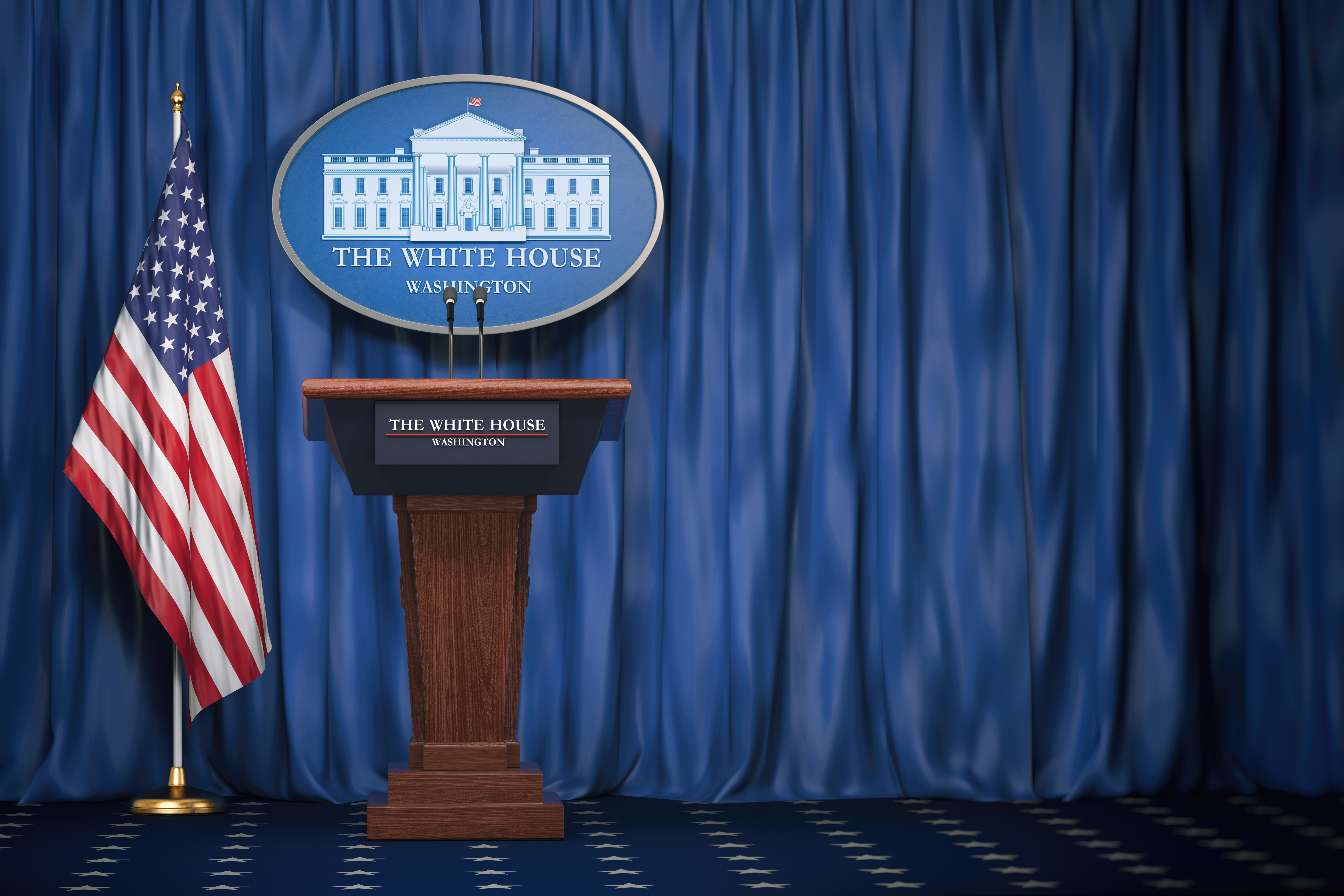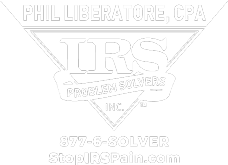As we continue to navigate through the impact of COVID-19, we want you to know that you and your family are our top priority. We pray that you continue to stay safe and healthy.
As the situation surrounding COVID‑19 rapidly evolves, we want to keep you informed of all the latest news updates and resources available to you.
Yesterday, Gov. Gavin Newsom announced that several major banks have agreed to delay foreclosures and offer mortgage relief to homeowners impacted by the coronavirus.
Wells Fargo, US Bank, Citi and JP Morgan Chase have all agreed to a 90-day waiver of payments for those that have been impacted by COVID-19. Bank of America has agreed to waive payments for 30 days. Many other credit unions and smaller banks have also agreed to the 90-day waiver as well.
The agreement does not eliminate debt for California Homeowners. Instead, it gives them a 90-day grace period in which to make each month’s payment. Homeowners who want to use the grace period should contact their lender to make arrangements.
1. Last night, the Senate passed a 2 Trillion Dollar Coronavirus relief package, the largest economic rescue bill in US history. The House is expected to vote on the rescue bill tomorrow.
Key terms include:
A. Direct payments of $1,200 per adult and $500 per child for Americans earning up to $75,000 for single tax payers and $150,000 for married tax payers
B. Enhanced unemployment benefits (including gig-economy workers for the first time).
C. $367B of support for small businesses.
D. $500B of loans for larger companies and industries.
E. $150B of grants to state and local governments.
F. $130B for hospitals and healthcare systems.
Read more about these points here: nwppr.co/s185
G. Companies will have through the end of 2022 to pay their 2020 payroll taxes.
Read more here: https://www.cnbc.com/2020/03/26/coronavirus-stimulus-bill-includes-payroll-tax-delay-for-employers.html
2. Leaders from the G20 (a group of 20 major economies including the US) will meet today on the current state of the outbreak. Over 470k people have now been infected globally (up from 330k on Monday)
Read more here: nwppr.co/s286 .
3. Dow posts best 3-day gain since 1931 even as jobless claims surge to record 3.3 million. U.S. stocks rose Thursday even as data revealed a record 3.3 million Americans filed for unemployment benefits.
Read in USA TODAY: https://apple.news/Abh5iBfnzRTm4CPLsB4U0Ng
Philip L. Liberatore, CPA remains committed to providing you with the greatest sense of security and personalized care. Please contact us with any questions or concerns.





